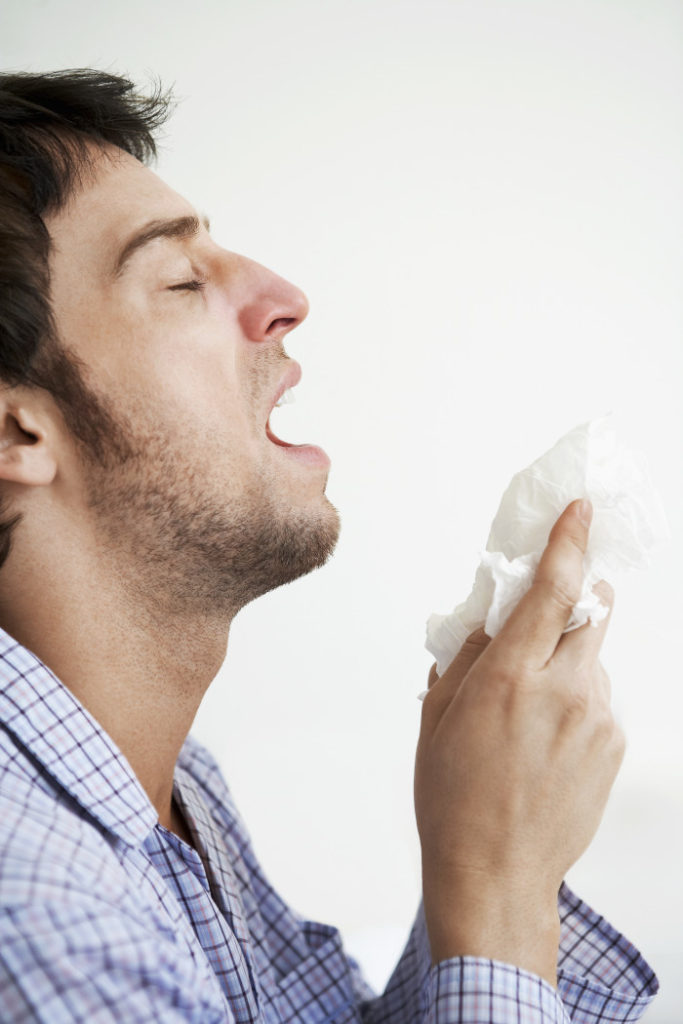Now that the whole world is in heightened alert due to the coronavirus, our homes should be a sanctuary where we won’t have to worry about getting infected. Keep your place safe by using the following tips:

Use bleach
According to Robyn Gershon, MHS, DrPH, a clinical professor of epidemiology at New York University’s School of Global Public Health, herbal-based cleaners haven’t been shown effective against neutralizing COVID-19 on common surfaces. If you’re heading out to buy cleaners and other disinfectants to keep your spaces germ-free, you may be best off buying a gallon of household-friendly bleach, Gershon says, as you’ll need to frequently disinfect highly-trafficked areas of the house during flu season (think: toilet seats, door handles, railings, and sink faucet handles).
Note that many common disinfectant products, including wipes and sprays, need to stay wet on a dirty surface for a certain amount of time to actually be effective, says Carolyn Forte, Director of the Good Housekeeping Institute Cleaning Lab. “If you’re using it for a matter of seconds, it’s not going to work. You’ll want to use another cleaner in this case.” Lysol wipes, for example, can sanitize a surface in as little as 10 seconds, according to the product’s instructions; but in order to fully disinfect a surface, however, Forte says the manufacturer requires you to “leave the surface visibly wet” for at least 4 minutes. Depending on how many people live in your home, and whether or not they’re sick in the first place, you may need to change tactics from simply sanitizing something to fully disinfecting with bleach or other strong cleaning agents. Source: GoodHousekeeping
If bleach is unavailable, go for hydrogen peroxide
Hydrogen peroxide isn’t only effective for whitening teeth — in fact, the CDC says that 3% hydrogen peroxide was able to inactivate rhinovirus within eight minutes. When you pour the substance directly on surfaces like your sink, countertops or toilets, you’ll need to let it soak for around 10-15 minutes. This will give it time to completely do its job. After you let it sit, scrub the area and then rinse with water.
It’s also safe to clean your toothbrush with hydrogen peroxide since the bristles can harbor bacteria. Source: Cnet
Don’t forget to put on to some gloves
The CDC recommends using latex gloves to while you disinfect household surfaces.
If you’re using reusable gloves, don’t use them for other purposes, and clean your hands immediately after the gloves are removed. Peel the gloves away from your body, pulling them inside out, and try not to let the outside of the glove touch your skin. Source: BusinessInsider
Contact:
Kerrisdale Roofing & Drains
8296 Ross St, Vancouver, BC V5X 4C6
(604) 360-2114
from Kerrisdale RD https://ift.tt/2IYINDS
No comments:
Post a Comment